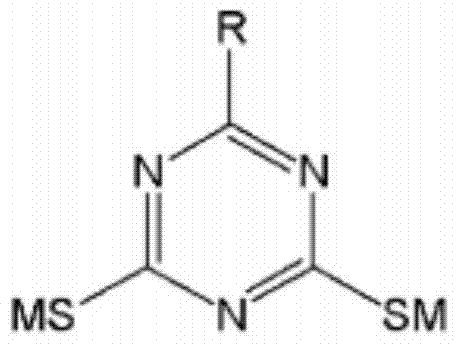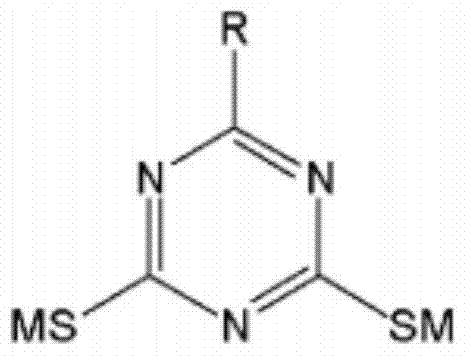Method for producing bonded member, and bonded member
A technology for joining components and manufacturing methods, applied in chemical instruments and methods, vehicle parts, transportation and packaging, etc., can solve problems such as difficult to join metals, and achieve the effects of easy acquisition, prevention of electrolytic corrosion, and cheap acquisition.
- Summary
- Abstract
- Description
- Claims
- Application Information
AI Technical Summary
Problems solved by technology
Method used
Image
Examples
Embodiment approach
[0044] [Thermoplastic carbon fiber composite]
[0045] The thermoplastic carbon fiber composite material used in the present invention is a composite material containing a thermoplastic resin as a matrix and carbon fibers in such a matrix. Here, the thermoplastic carbon fiber composite material preferably includes the thermoplastic resin in an amount of 50 to 1,000 parts by weight based on 100 parts by weight of the carbon fiber. More preferably, the content of the thermoplastic resin is 50 to 400 parts by weight based on 100 parts by weight of the carbon fiber, and still more preferably, the content of the thermoplastic resin is 50 to 100 parts by weight based on 100 parts by weight of the carbon fiber. When the amount of the thermoplastic resin as a matrix is 50 parts by weight or more based on 100 parts by weight of carbon fibers, it is preferable that dry carbon fibers exposed from the matrix resin do not easily increase. Also, when the amount of the thermoplastic resin...
Embodiment
[0141] The present invention is specifically described below based on examples, but the present invention is not limited to these examples.
[0142] In addition, methods of measuring joint strength and analyzing fiber bundles of the random mat material are as follows.
[0143] 1) Joint strength
[0144] Five sheets of the thermoplastic carbon fiber composite material-metal member joint body (joint member) described in each Example and the like were prepared. For each sheet, the tensile strength value was determined by performing a tensile test at a tensile speed of 1 mm / min using a general-purpose testing machine "INSTRON (registered trademark) 5587", and the average value thereof was taken as the joint strength of the joined body. value.
[0145] 2) Analysis of fiber bundles of random mat materials
[0146] The fiber bundles of the random mat material obtained by Reference Example 3 were analyzed according to the method described in WO2012 / 105080.
reference example 1
[0148] Manufacture of thermoplastic carbon fiber composite material (A) in which continuous fibers are alternately laminated at 0° and 90°
[0149] A strand of carbon fiber (“TENAX” (registered trademark) STS40-24KS (fiber diameter: 7 μm, tensile strength: 4,000 MPa) manufactured by Toho Tenax Co., Ltd.) and a nylon 6 film (“EMBLEM” (registered trademark) ) ON, 25 μm thick, manufactured by Unitika Ltd.) were sequentially stacked up to 64 layers (carbon fiber: 64 layers, nylon film: 65 layers), so that the layers in the 0° fiber direction and the layers in the 90° fiber direction were alternately arranged, at 260 The obtained laminate was heated and compressed at a temperature of °C and a pressure of 2 MPa for 20 minutes. Thus, a symmetrically laminated thermoplastic carbon fiber composite material with 0° and 90° alternating fibers, a carbon fiber volume fraction (Vf) of 47% (carbon fiber content by mass: 57%) and a thickness of 2 mm was prepared. Based on 100 parts by weight...
PUM
| Property | Measurement | Unit |
|---|---|---|
| thickness | aaaaa | aaaaa |
| length | aaaaa | aaaaa |
| depth | aaaaa | aaaaa |
Abstract
Description
Claims
Application Information
 Login to View More
Login to View More - R&D
- Intellectual Property
- Life Sciences
- Materials
- Tech Scout
- Unparalleled Data Quality
- Higher Quality Content
- 60% Fewer Hallucinations
Browse by: Latest US Patents, China's latest patents, Technical Efficacy Thesaurus, Application Domain, Technology Topic, Popular Technical Reports.
© 2025 PatSnap. All rights reserved.Legal|Privacy policy|Modern Slavery Act Transparency Statement|Sitemap|About US| Contact US: help@patsnap.com



